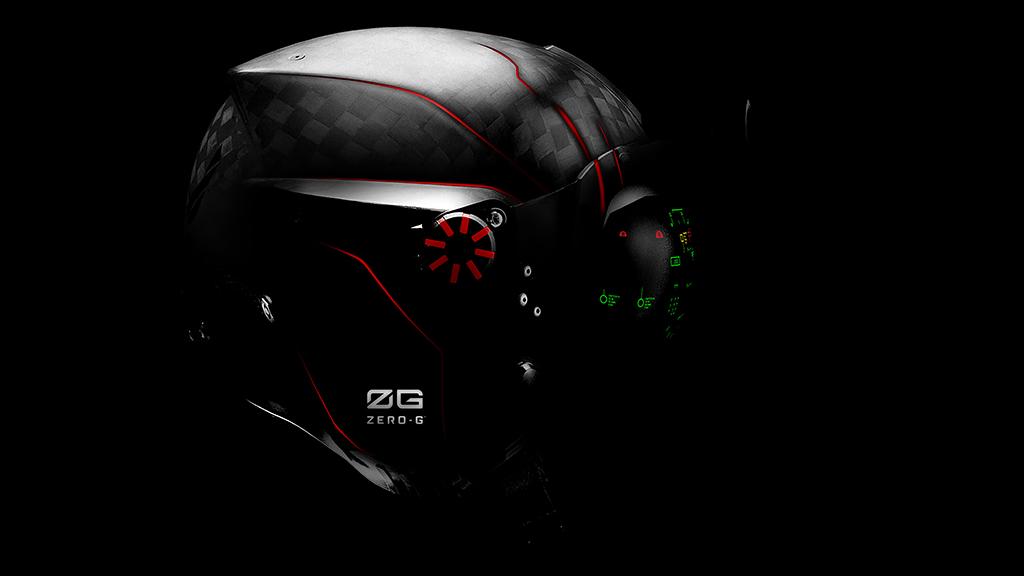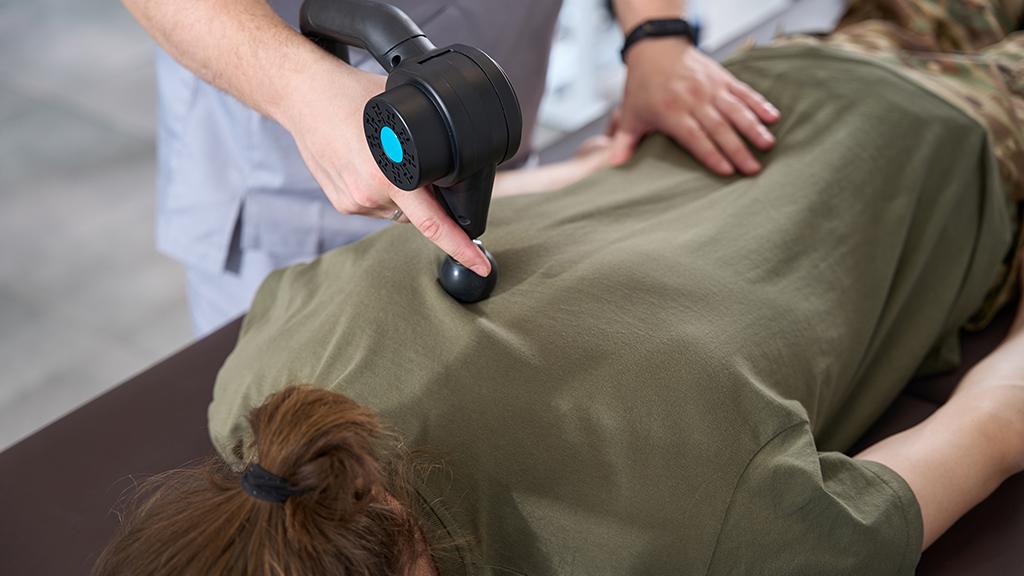Health And Safety Become Key Requirements In Next-generation Helmet

"AIRCREW HEALTH AND SAFETY IS A KEY REQUIREMENT FOR THE NEXT GENERATION OF HELMET MOUNTED DISPLAY SYSTEMS"
Reducing G-force impact on fighter pilots
Imagine your first time racing through the sky as a fighter pilot. Your body is pressed against the seat. Amidst the deafening cockpit noise, you hear "check six" on the radio. As you lift and twist to turn your head, you feel the strain of pulling six to nine times the force of gravity. At those g-forces, the human head can weigh up to 80 pounds. Today's pilot doesn't just wear a helmet for protection. Helmets now must combine audio capabilities, offer night vision goggles support, and display aircraft and mission data wherever the pilot looks. Add in the equipment that today's fighter pilot needs to wear on their head- and those forces quickly exceed 100 pounds.

The next day you still feel fatigued and discomfort, like after an intense gym workout. Now imagine doing this repeatedly during a 20-year flying career. Over time, all fighter pilots feel the effects of this extreme force on the neck. Fatigue and discomfort also impact in-flight function. Struggling to execute a basic head turn puts the pilot and mission at risk and ultimately affects survivability and readiness levels. The USAF has hired athletic trainers, strength coaches, and massage therapists to support pilots in preparing and maintaining their bodies for the rigorous flight routine. Holistic health care and physical therapy are becoming more common across fighter squadrons, aiming to invest in maintaining the human portion of the weapons system. The industry strives to continue removing weight from the aircrew flight equipment, specifically the helmet.
Collins Aerospace and its partner, Elbit Systems of America, working together as CEVS, are developing innovative helmet technologies to mitigate these problems. For the last 30 years, CEVS has been at the forefront of developing and delivering helmet mounted display solutions that keep pilots safe and battle ready.

The latest addition to their longstanding HMD product line is the Zero-G Helmet Mounted Display System+™(HMDS+). Zero-G HMDS+ is ultra-lightweight with a balanced center-of-gravity solution that brings a host of next-generation capabilities that significantly reduce pilot discomfort and fatigue during more prolonged and demanding missions.
The Zero-G HMDS+ provides superior situational awareness and battle management capabilities designed to enhance survivability and lethality through its digital design, improved optical acuity, and color displays. These advanced capabilities allow the Zero-G HMDS+ to enhance battlefield decision-making for pilots to defeat future threats in their immediate vicinity and beyond the visual range.
The CEVS Zero-G HMDS+ is a game-changing solution to help reduce G-force impact and minimize discomfort and fatigue, optimized to aid pilots in completing the mission and maintaining their well-being throughout their flying careers.
To learn more about the cutting-edge capabilities and benefits to pilots from the ZERO-G HMDS+, visit collinsaerospace.com/ZeroG.


